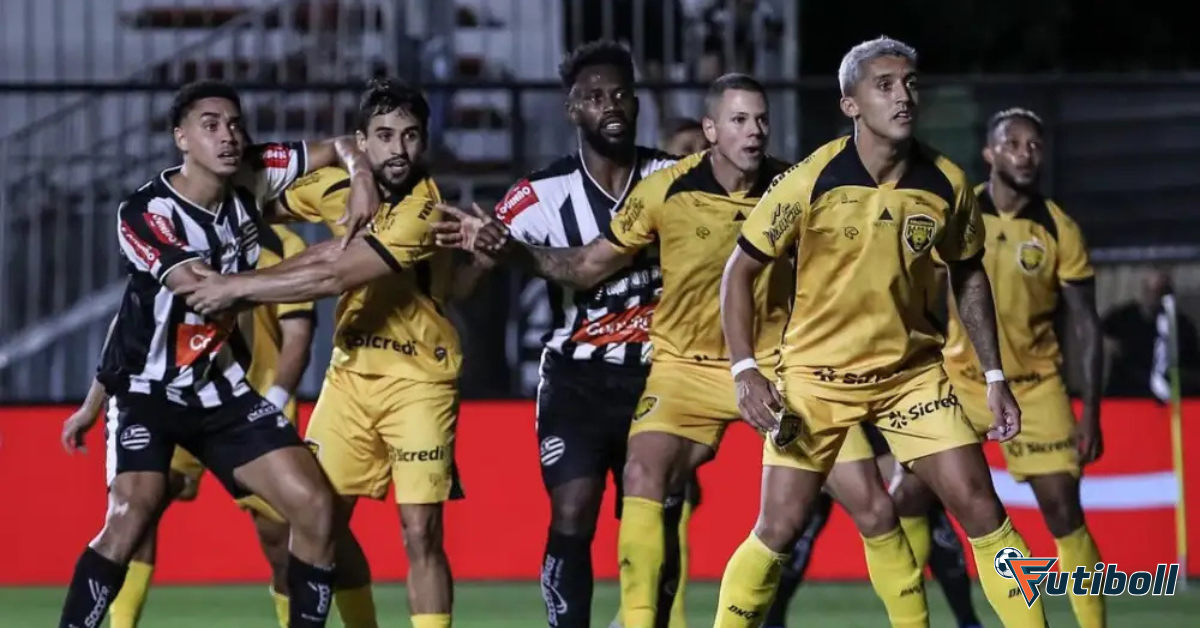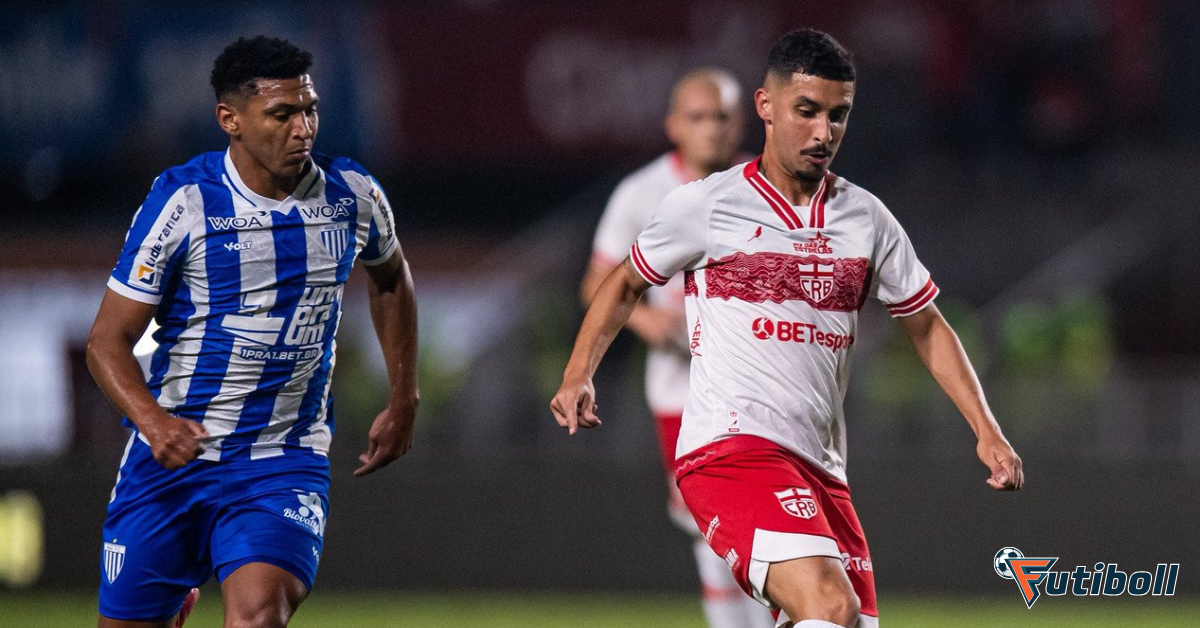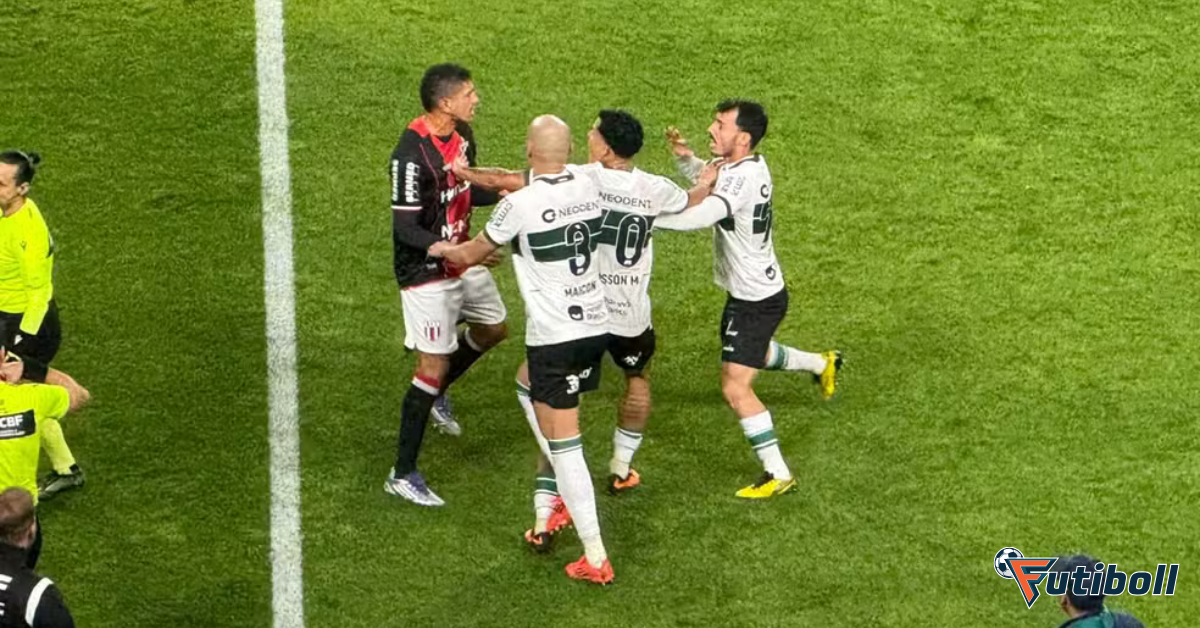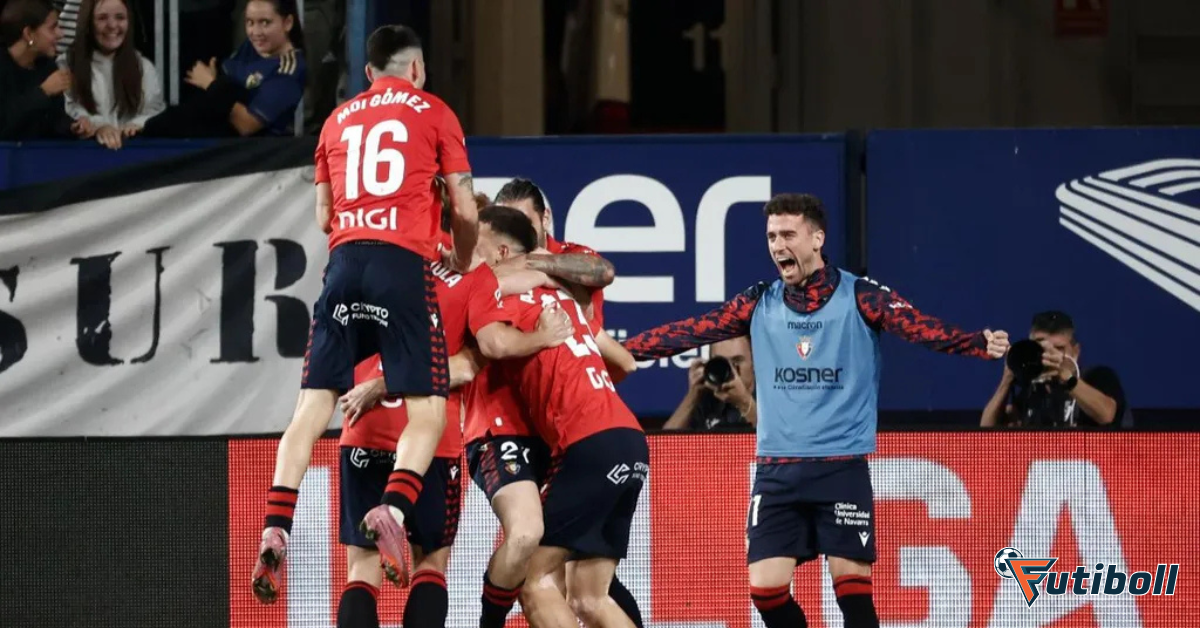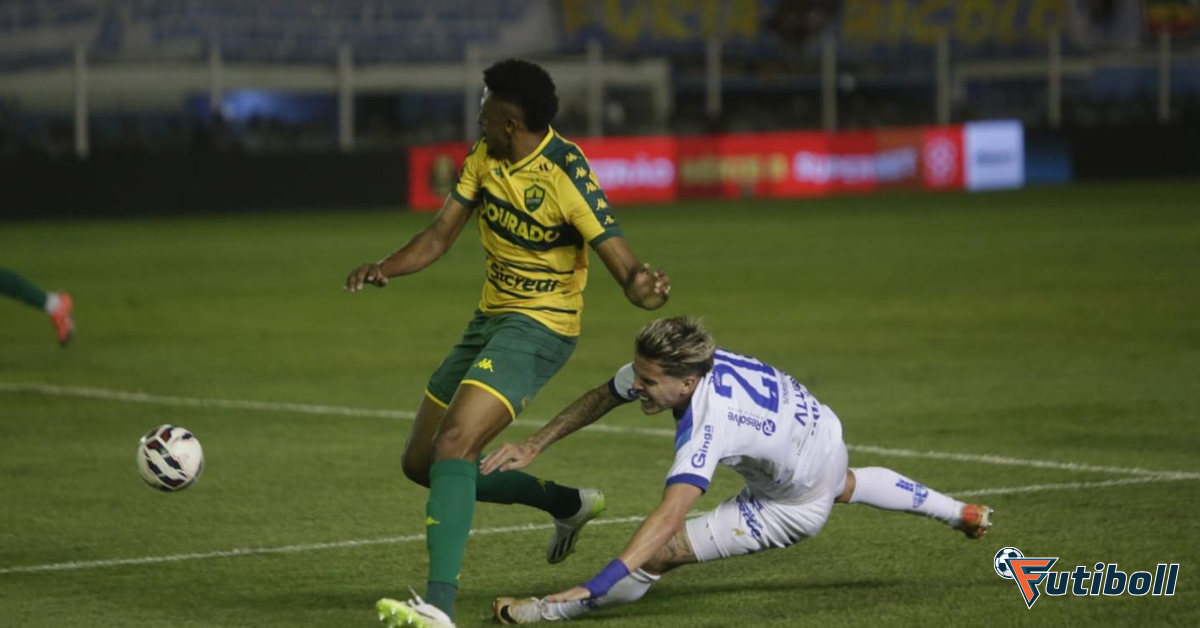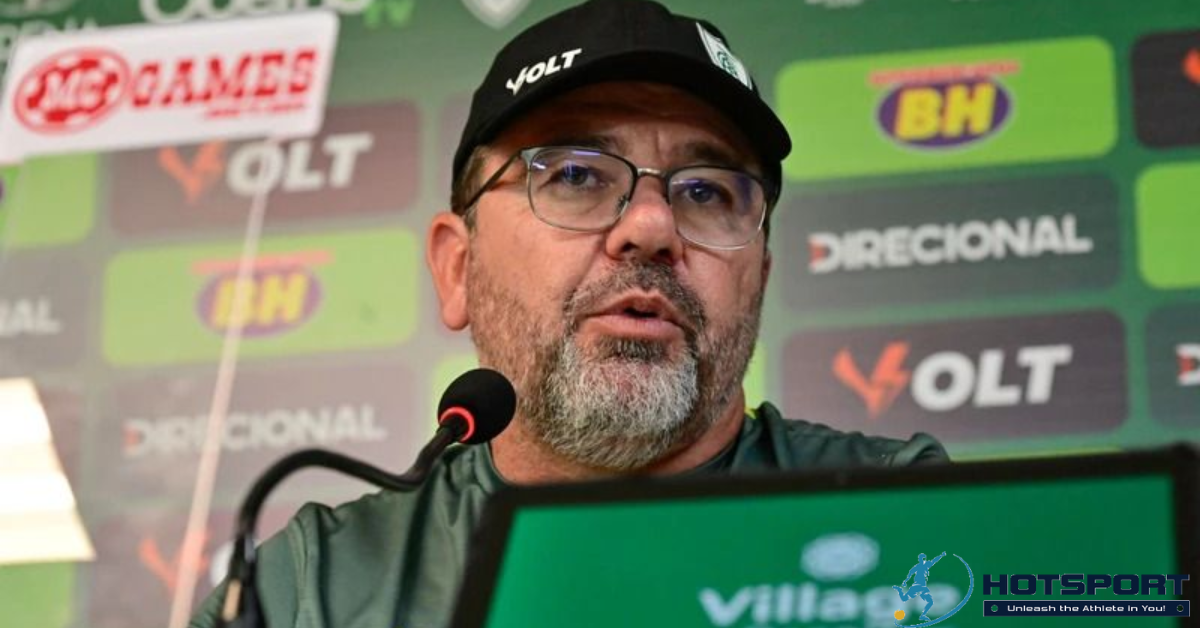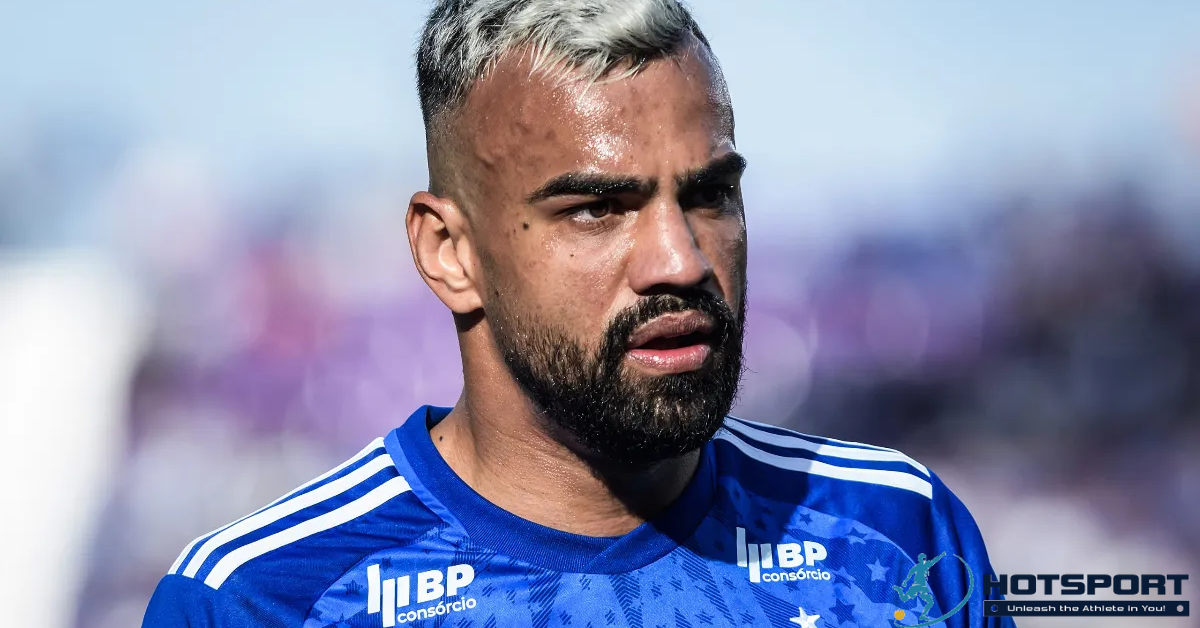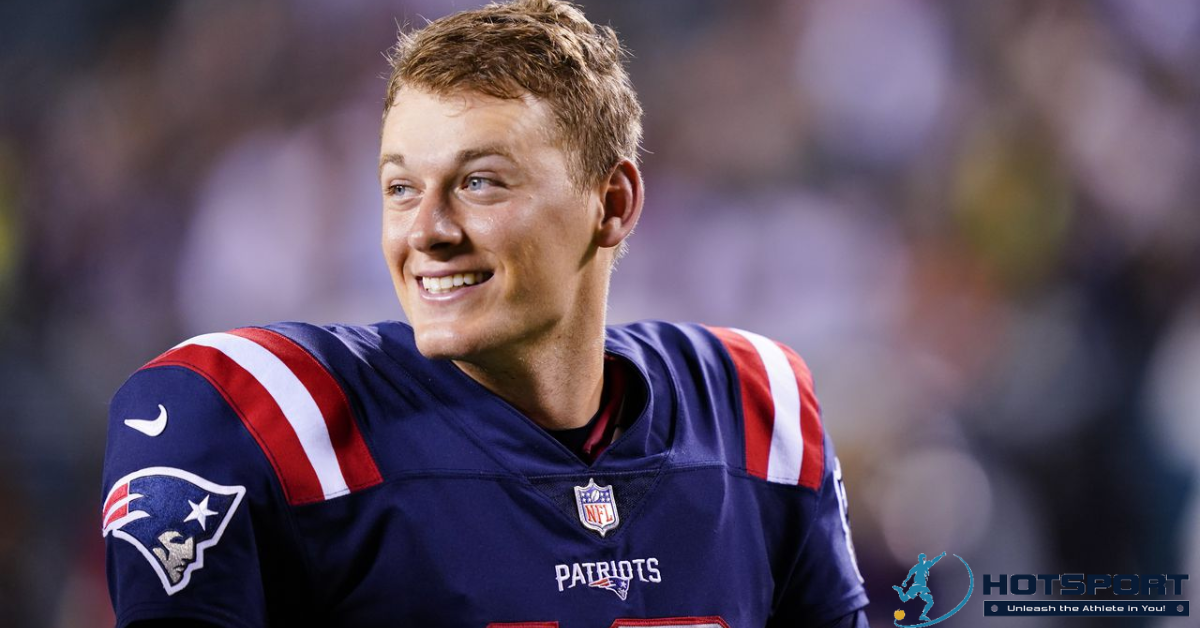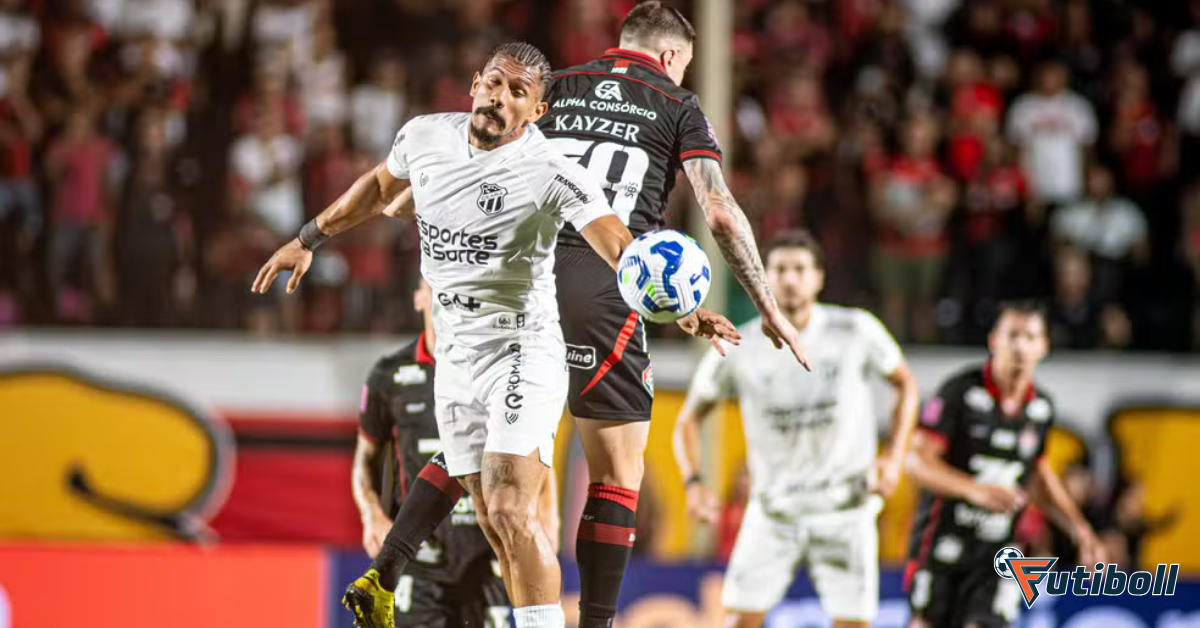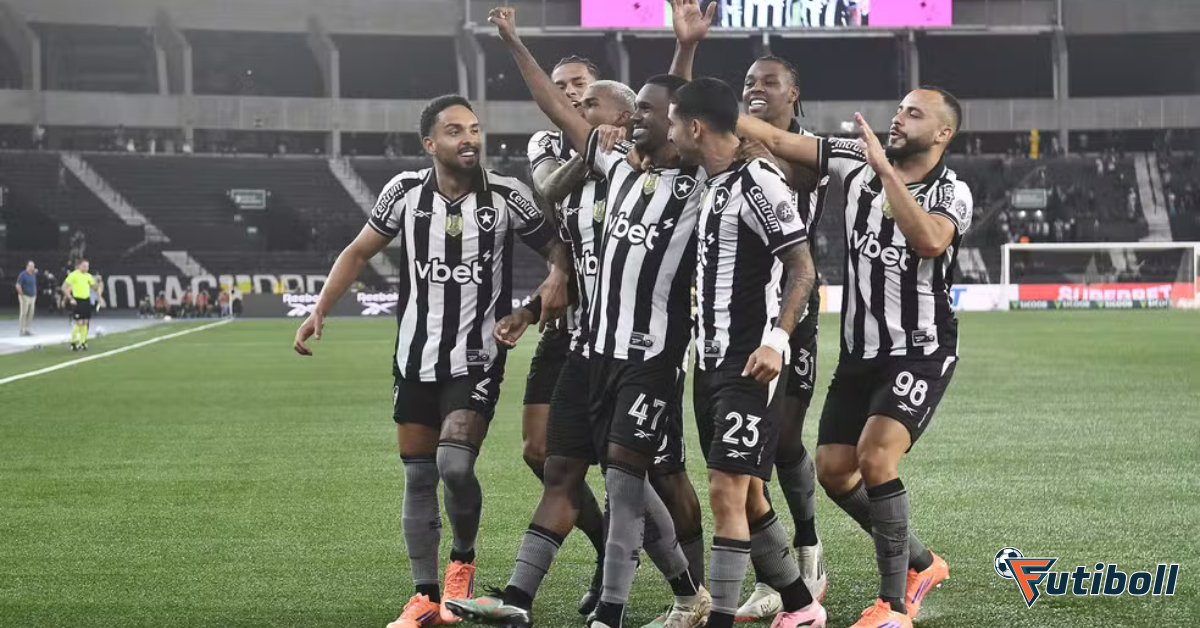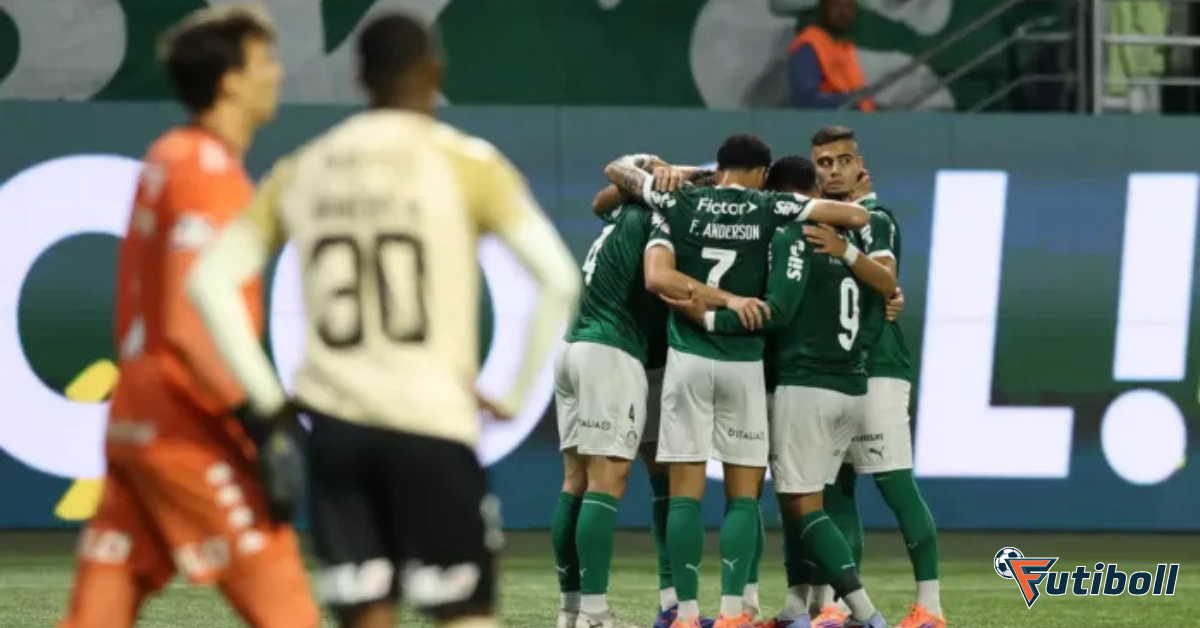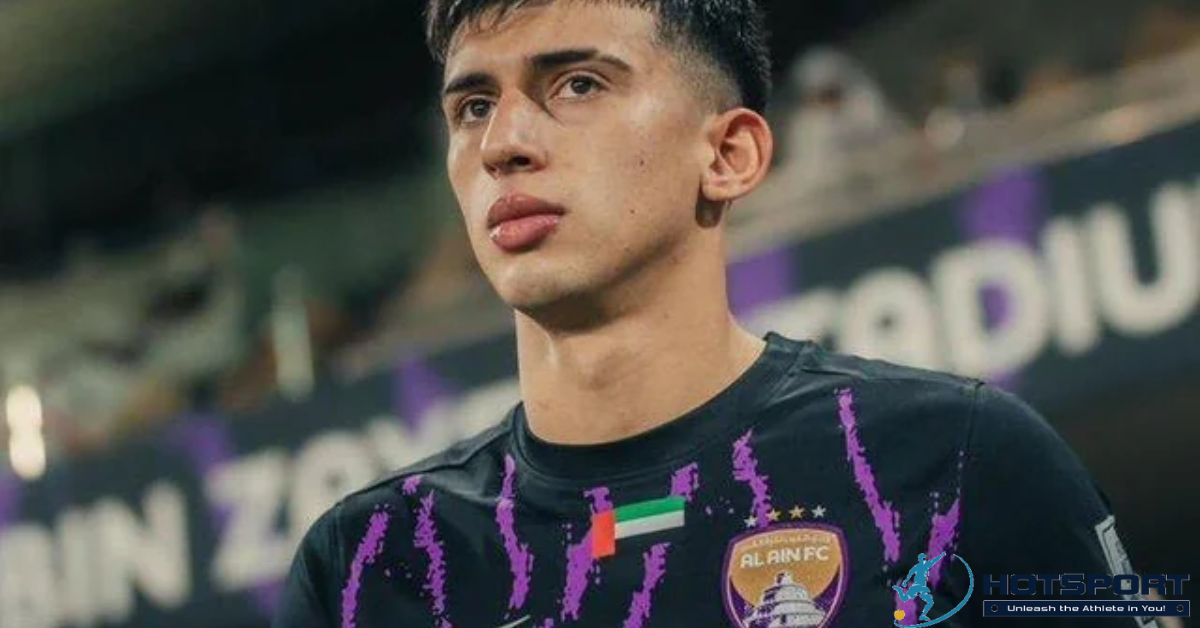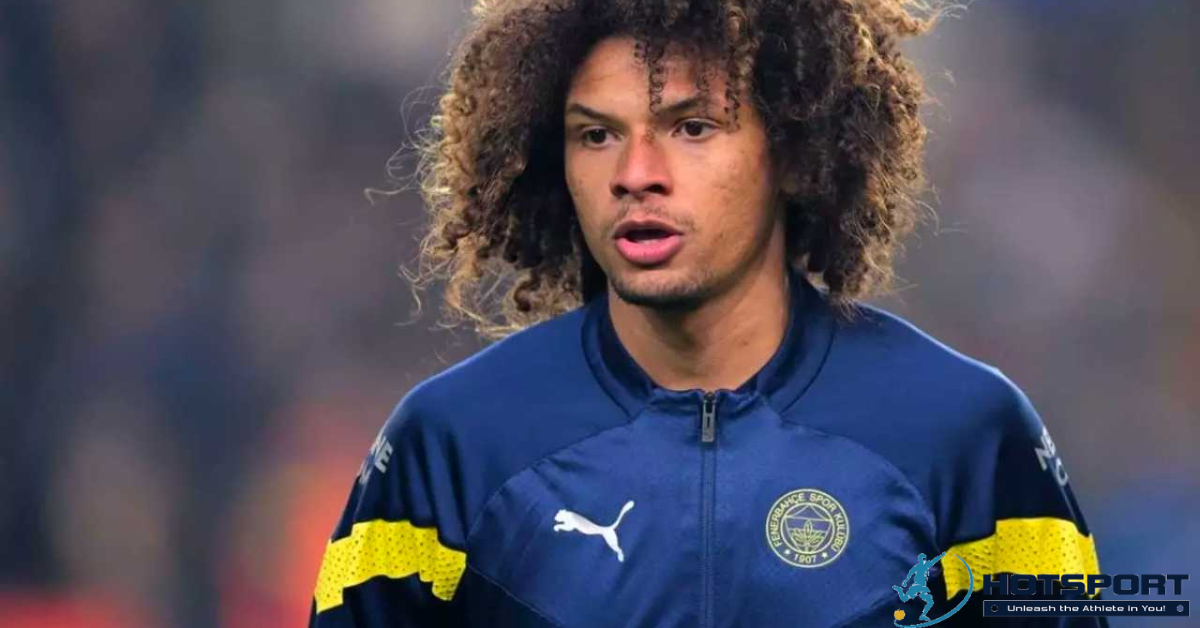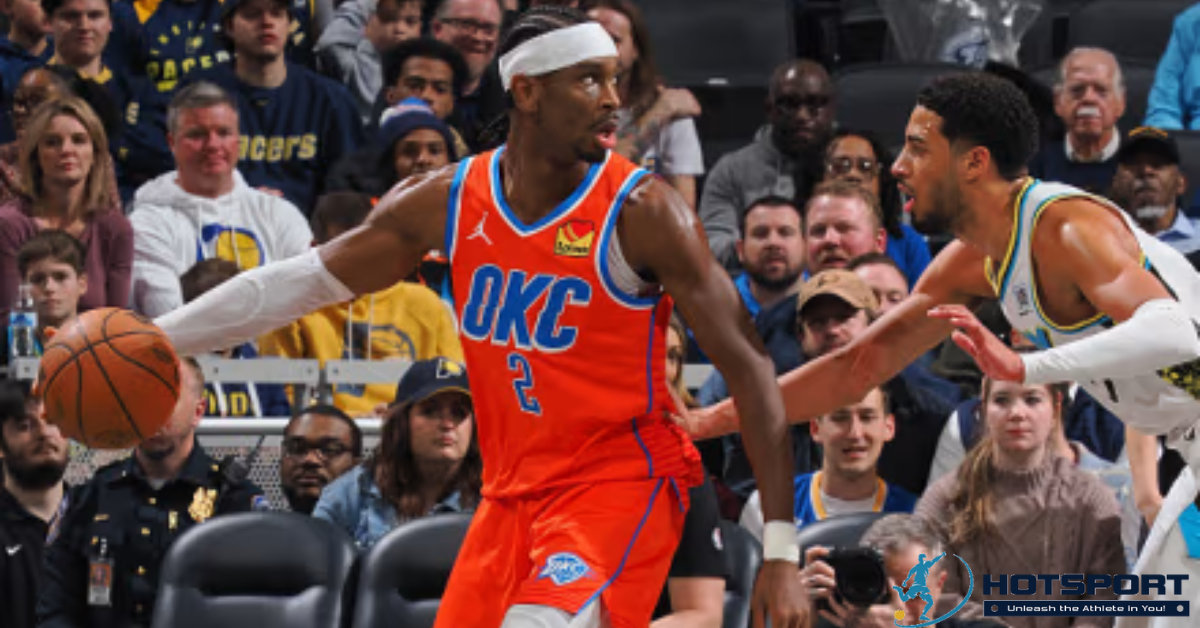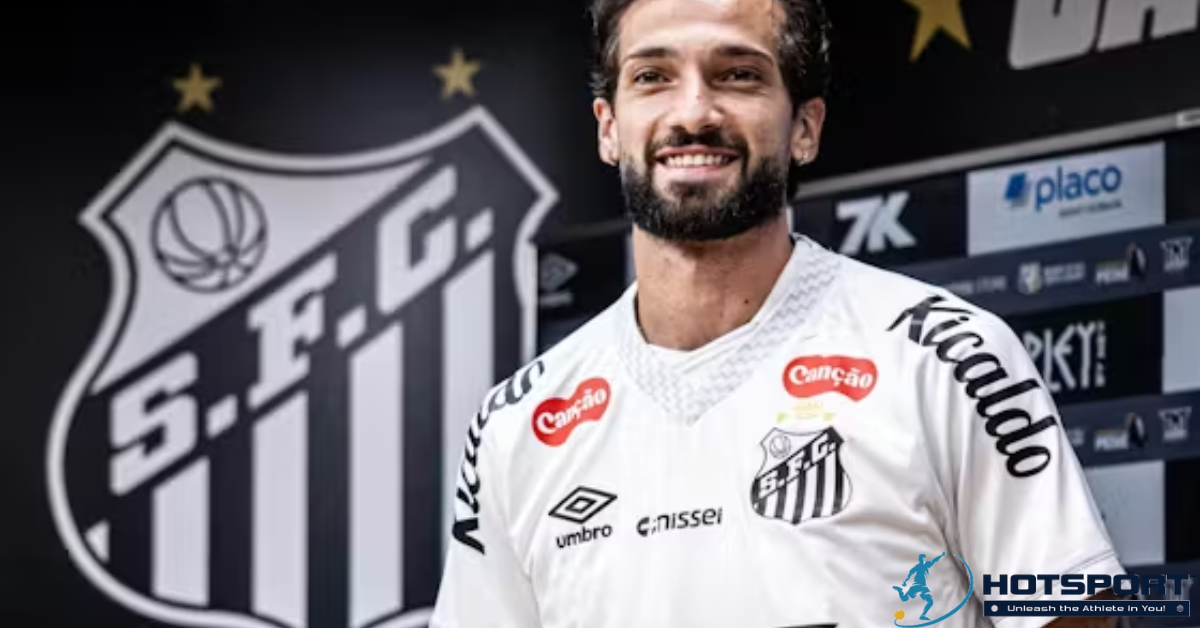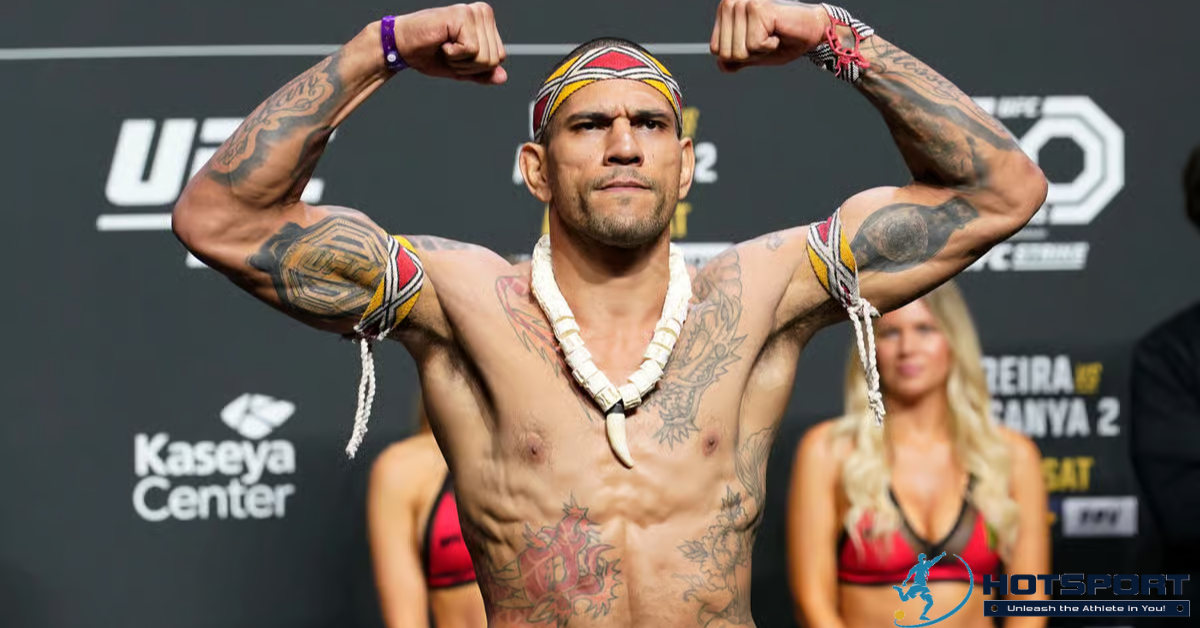Introduction – Athletic x Amazonas FC
The Athletic vs. Amazonas FC match was one of those games that tugs at the heartstrings of fans. Both teams entered the field under intense pressure: Athletic trying to escape relegation danger, and Amazonas desperate for points to breathe new life in the standings.
The 2-2 draw reflected the intensity and emotional instability of two teams experiencing crucial moments in the season. Athletic started better, opening the scoring early, but saw Amazonas turn the game around in the first half. However, the Minas Gerais team fought back with sheer willpower and secured the draw with the support of their fans.
The result left mixed feelings: relief for Athletic, who remain out of the relegation zone, and frustration for Amazonas, who once again failed to sustain a significant comeback and remain at risk of relegation.
Before the Game – Expectation, pressure and different strategies
The week leading up to the game was intense for both teams. Athletic, playing at home, knew they needed to capitalize on the home advantage. The coach made adjustments to the defense and emphasized the importance of tightness between the two teams. The team had been showing inconsistent performances and needed to respond to the fans.
At Amazonas FC, the mood was one of urgency. After poor results, the squad came in under pressure to score away from home. The coach opted for a more aggressive formation, with three players up front and quick runs down the wings. The return of Léo Coelho and Henrique Almeida gave the team more attacking power, which had been struggling with a lack of goals in recent matches.
Behind the scenes, both coaches knew the result could determine the course of the final stretch of Série B. A draw wasn’t ideal for either side, but the fear of losing outweighed the desire to risk everything.
The Game – 90 minutes of tension and twists and turns
First Half – Athletic’s initial dominance and Amazonas’ furious reaction
The match began with Athletic pressing high and looking for a goal from the opening minutes. Just 10 minutes in, David Braga capitalized on a defensive lapse in Amazonas and opened the scoring with a cross-shot. The fans erupted in the stadium, believing this would be the beginning of an easy victory.
But Amazonas reacted with maturity. The visiting team pushed forward, began exploring the flanks, and began dominating the midfield. In the 42nd minute, Henrique Almeida equalized with a precise header from a corner. Three minutes later, Léo Coelho turned the game around, appearing well-positioned and slotting the ball into the back of the net.
Halftime arrived with Amazonas ahead and the Athletic fans stunned. The first half was marked by thrilling comebacks, intensity, and little room for error.
Second Half – Minas Gerais Reaction and a Saving Draw
Athletic’s coach made changes at halftime, adding more attacking power to Lucas Rodrigues and Sidimar. The strategy paid off: the Minas Gerais team came back more aggressive and began to dominate the action.
In the 59th minute, Sidimar rose higher than the defense and headed in a goal to equalize the game, restoring hope to the fans. The pace remained intense, with chances for both sides. Amazonas tried to close down and launch counterattacks, but struggled under constant pressure.
In the final minutes, Athletic nearly turned the game around with a shot that hit the post and a cross-shot that grazed the post. Amazonas, in turn, had two missed counterattack opportunities. The 2-2 scoreline ended up being fair given the commitment of both teams.
Athletic vs Amazonas FC: Match Statistics
| Statistic | Athletic | Amazonas FC |
|---|---|---|
| Goals | 2 | 2 |
| Total completions | 15 | 12 |
| Finishes on target | 7 | 5 |
| Ball possession | 55% | 45% |
| Corners | 8 | 6 |
| Fouls committed | 13 | 11 |
| Yellow cards | 3 | 4 |
| Great chances created | 3 | 2 |
| Pass accuracy | 83% | 78% |
| Goals scored by time | 1 in 1st / 1 in 2nd | 2 in 1st / 0 in 2nd |
The numbers reveal the balance of the match. Athletic dominated possession and creation, but Amazonas showed greater efficiency and capitalized on the opportunities they had.
Analysis – What worked and what needs improvement
Athletic demonstrated excellent tactical organization, especially after halftime. The team responded well to the negative scoreline and demonstrated emotional strength. Sidimar’s introduction was crucial, both for the goal and for the defensive balance.
Amazonas FC, on the other hand, still suffers from defensive inconsistency. The team shows offensive quality but loses intensity when it’s ahead. A lack of control in the final minutes has cost them precious points, which explains their uncomfortable position in the table.
Both coaches emphasized the psychological aspect. Athletic left satisfied with the point, while Amazonas left the field feeling like they’d lost two points.
Individual Highlights
- David Braga (Athletic): opened the scoring and was one of the most involved.
- Sidimar (Athletic): scored the equalizing goal, had a solid performance in defense and attack.
- Henrique Almeida (Amazonas FC): technical reference and scorer of one of the goals.
- Léo Coelho (Amazonas FC): offensive standout with a constant presence in the opponent’s area.
Repercussion and Situation in the Table
The draw left Athletic in mid-table, with a narrow margin for the bottom four, but still on alert. The team has 34 points and needs consistency in the coming rounds.
Amazonas FC reached 28 points and remains within the relegation zone. The result, while positive away from home, wasn’t enough to change the situation. The team will need to win its games in Amazonas to continue dreaming of staying up.
On social media, Amazonas fans expressed their frustration at losing yet another victory. On the Minas Gerais side, fans praised the team’s commitment and response.
Conclusion – Athletic vs Amazonas FC
The Athletic vs. Amazonas FC match epitomized what Série B is all about: intensity, drama, and balance. Athletic proved it has the strength to fight back, while Amazonas once again showed grit but needs to learn how to better manage its advantages.
With the draw, Athletic gains morale, and Amazonas keeps its hopes alive, albeit distant. The end of Série B promises to be exciting, with both teams fighting point by point for survival.
FAQs – Athletic x Amazonas FC (Serie B 2025)
1. Who scored the goals in the match?
David Braga and Sidimar scored for Athletic; Henrique Almeida and Léo Coelho scored for Amazonas FC.
2. Where was the game played?
At the Joaquim Portugal Stadium, in São João del-Rei (MG).
3. What was the final score between Athletic and Amazonas FC?
A 2-2 draw, in a match valid for the 30th round of Série B 2025.
4. What’s Amazonas’s situation in the standings?
Amazonas remains in the relegation zone with 28 points, needing a win to hope to stay up.
5. Who were the standout players of the match?
Léo Coelho and Henrique Almeida for Amazonas; Sidimar and David Braga for Athletic.
6. What are the teams’ upcoming fixtures?
Athletico faces Novorizontino, while Amazonas hosts Criciúma at home.
7. Was the result fair?
Yes. Both teams alternated good moments and showed intensity throughout the 90 minutes.
8. How big was the crowd?
Around 4,500 fans showed up at the stadium, cheering on the home team.

